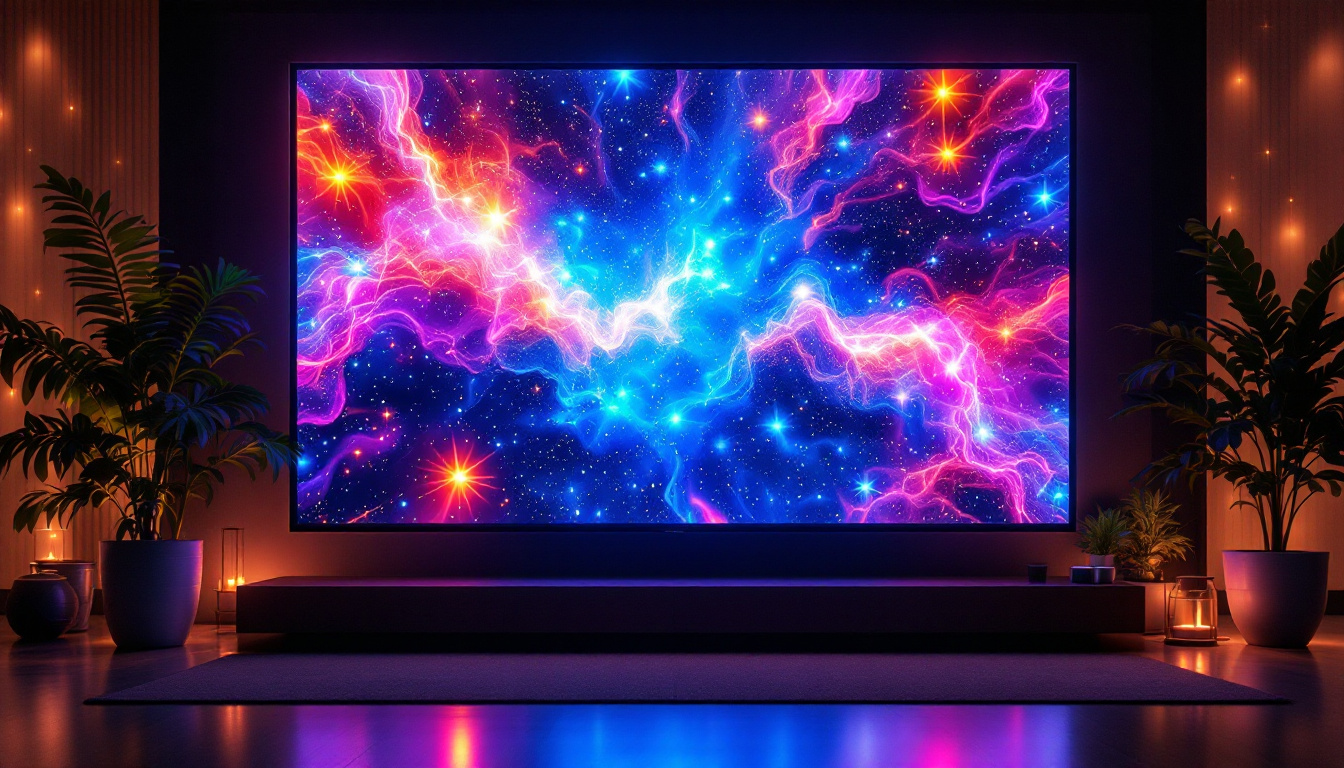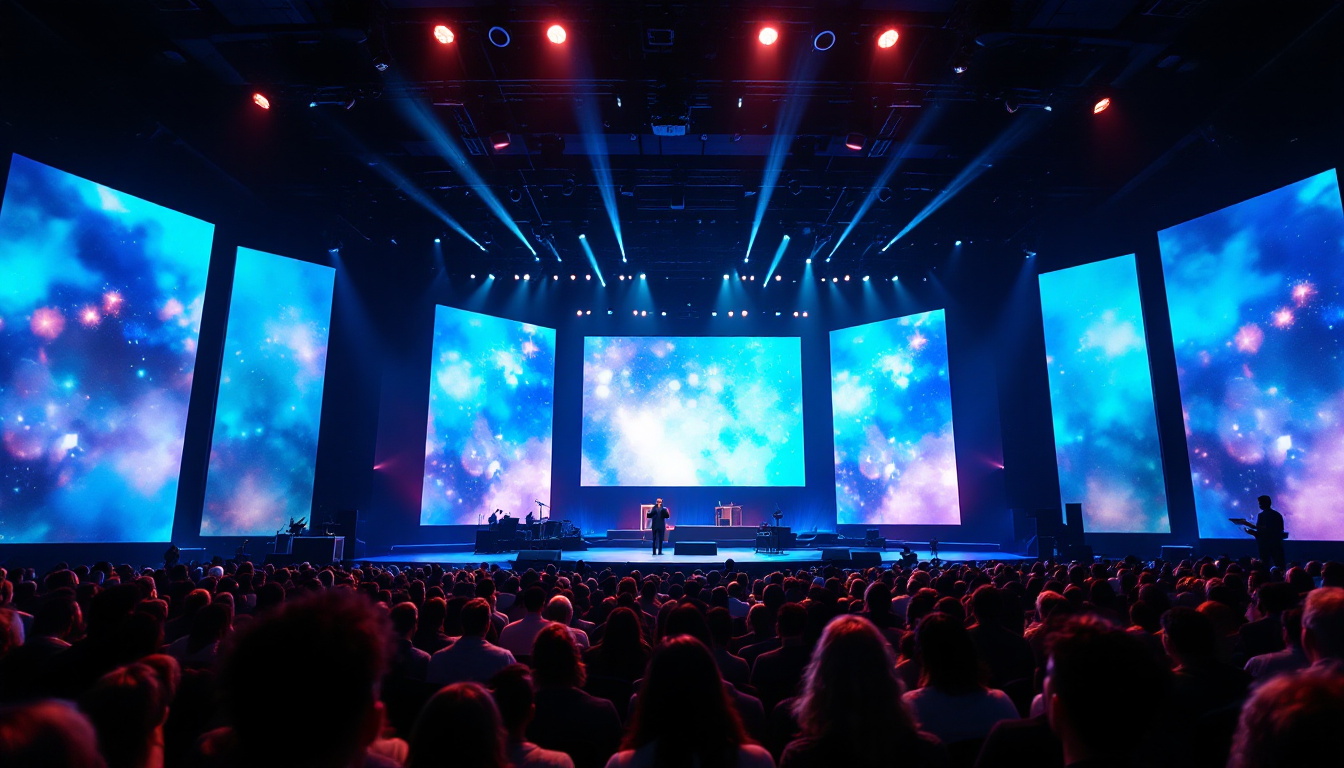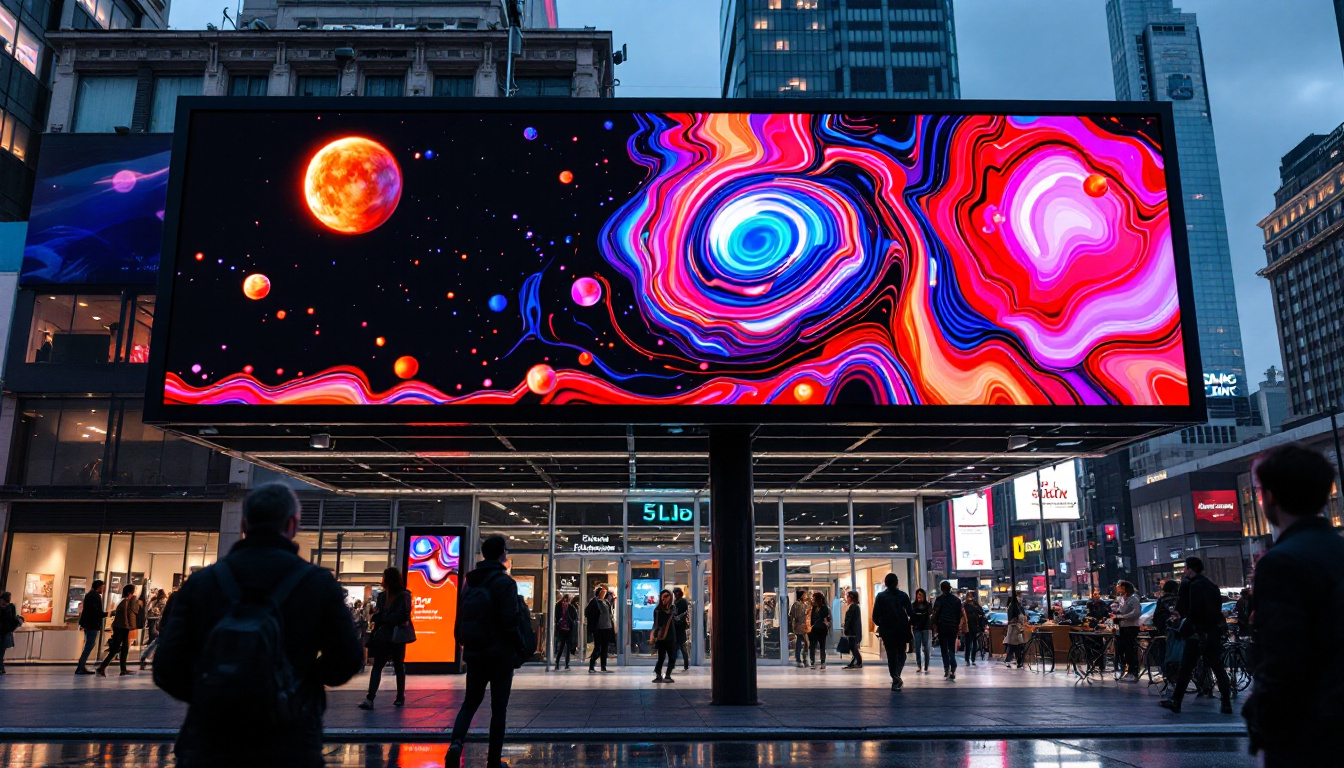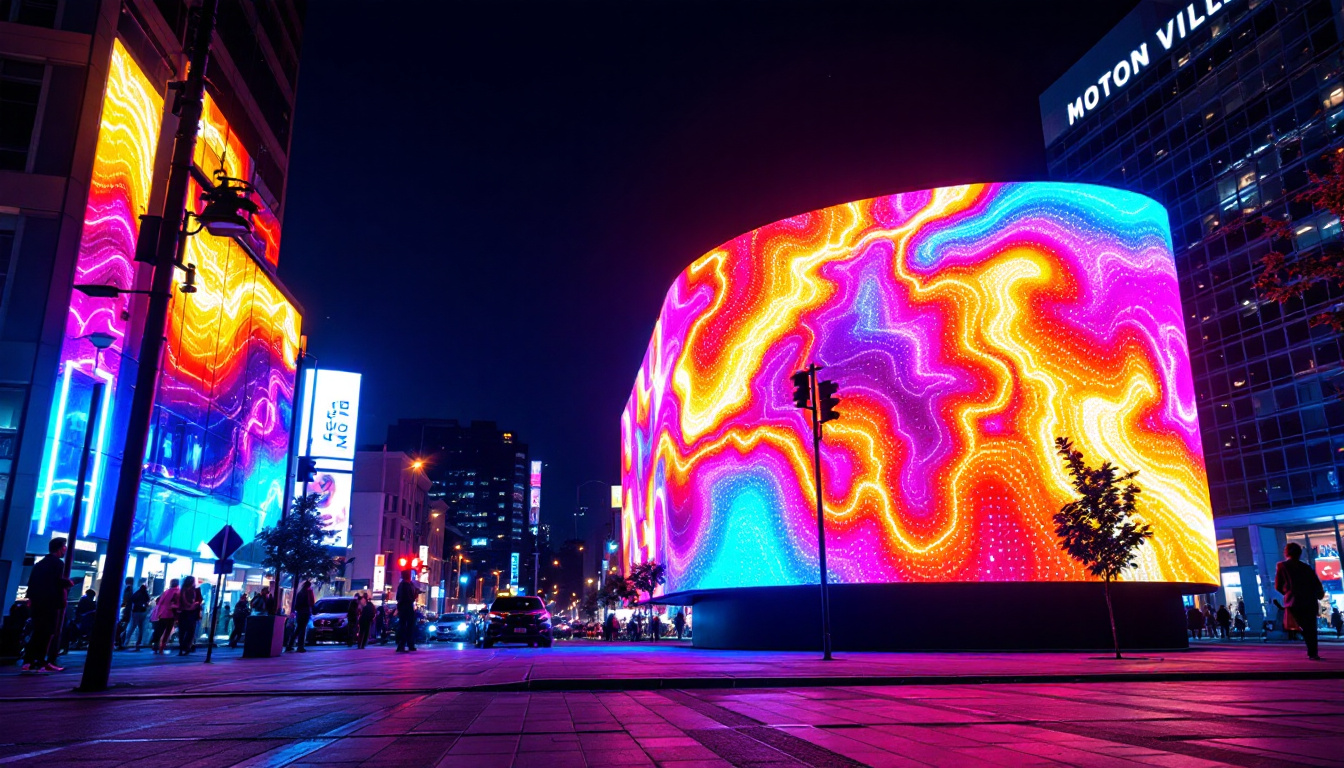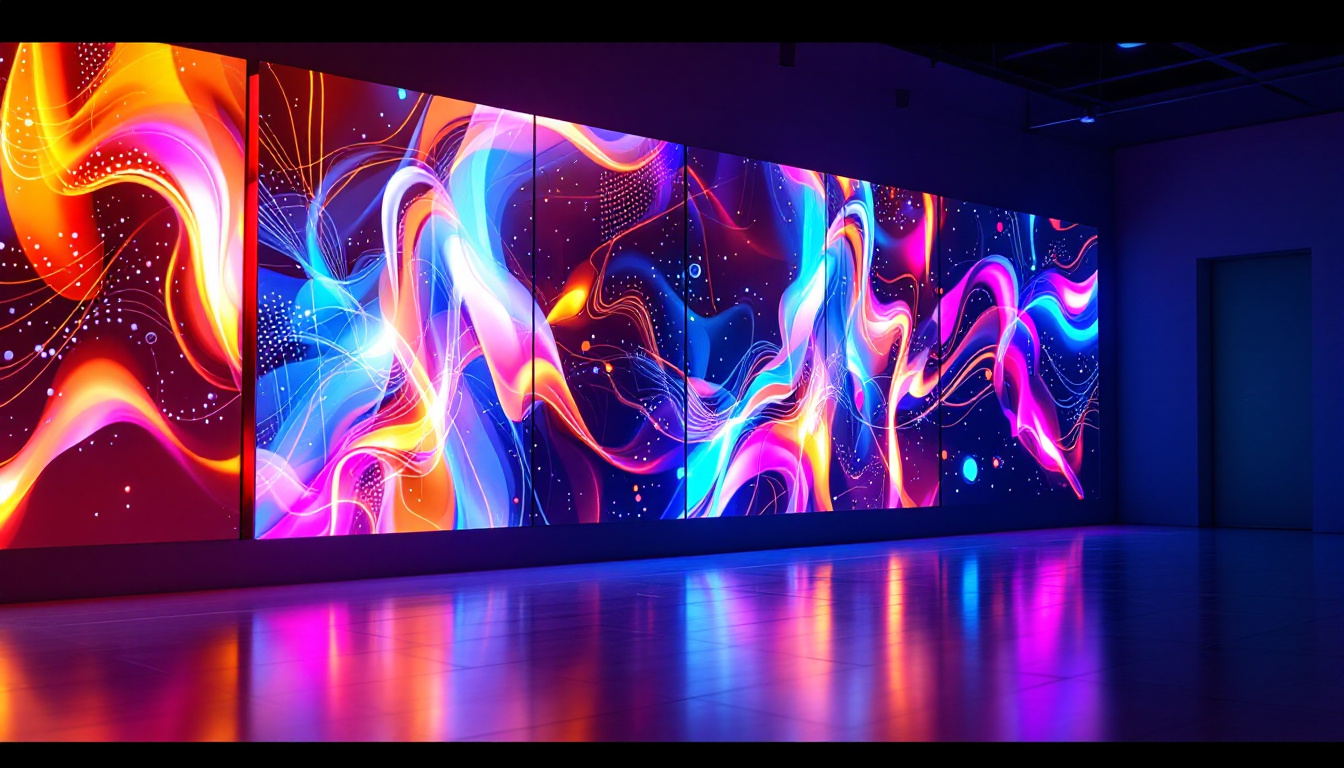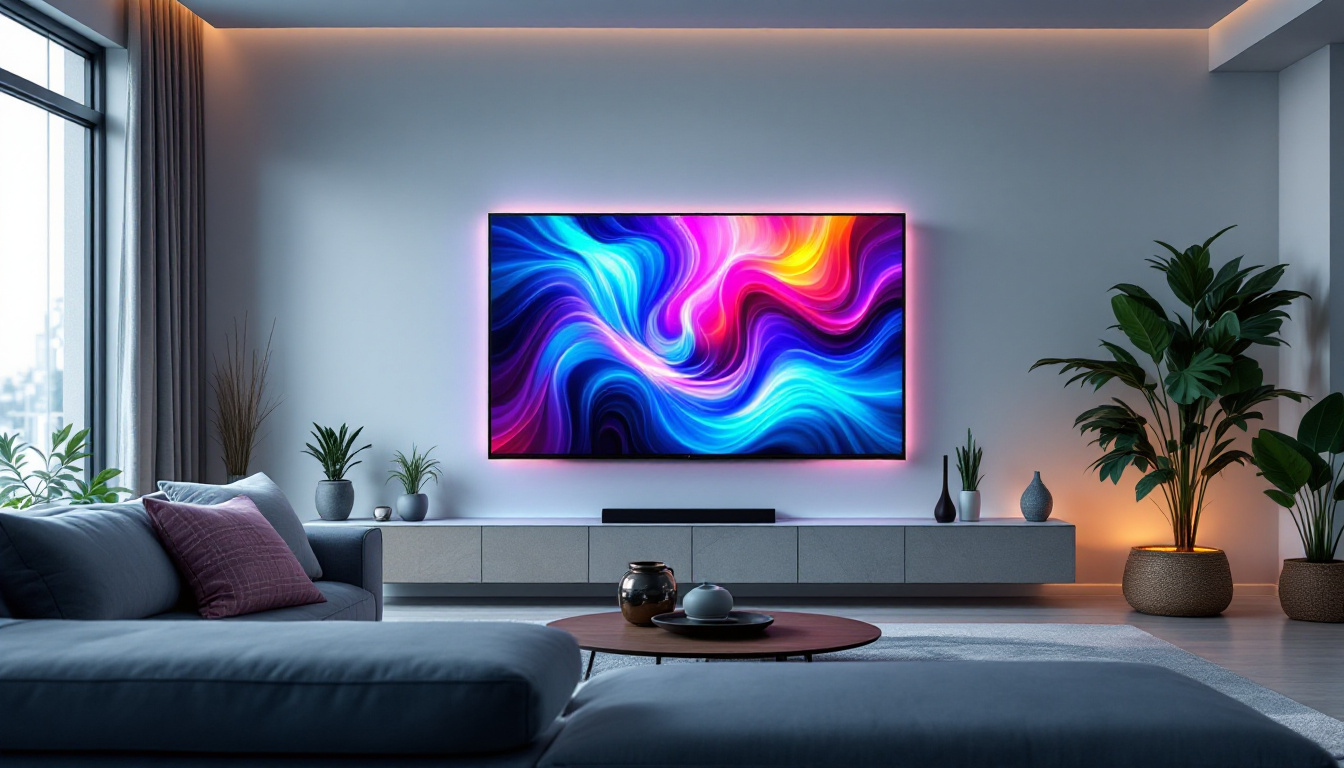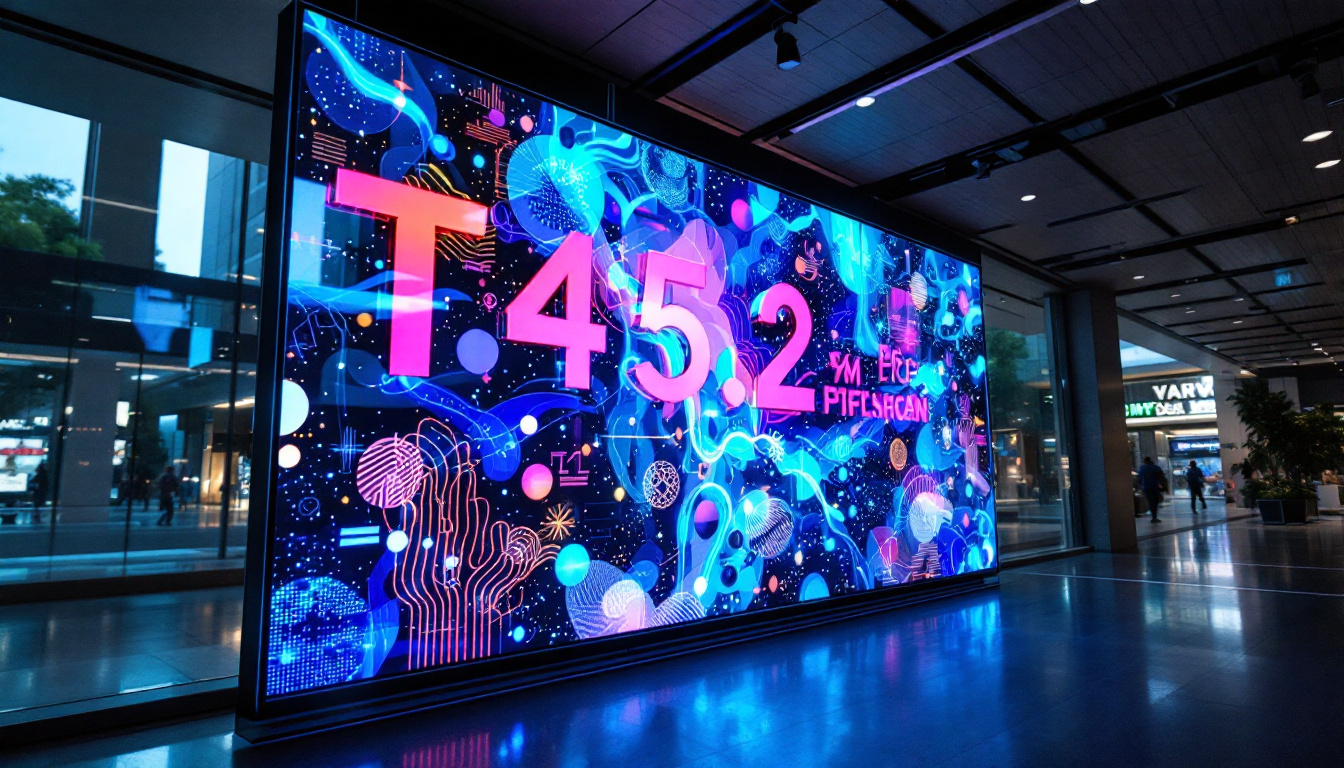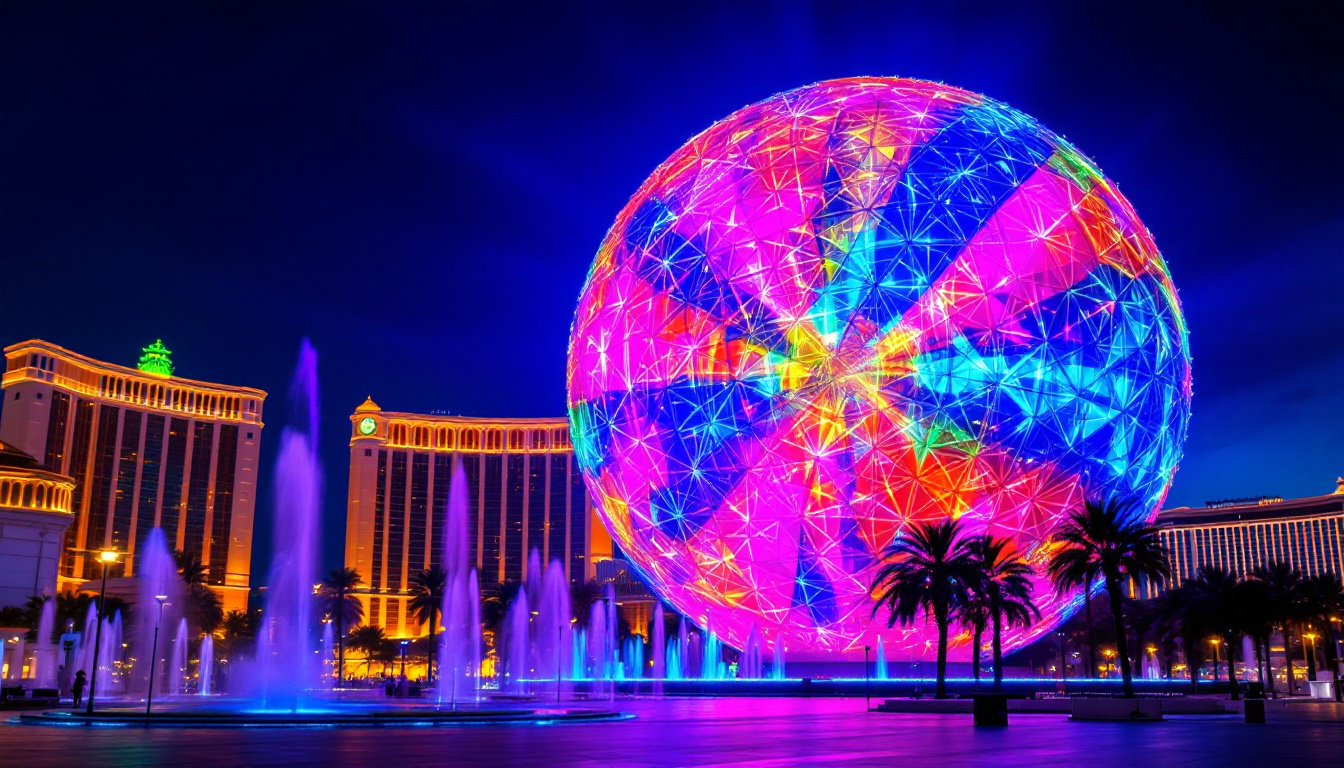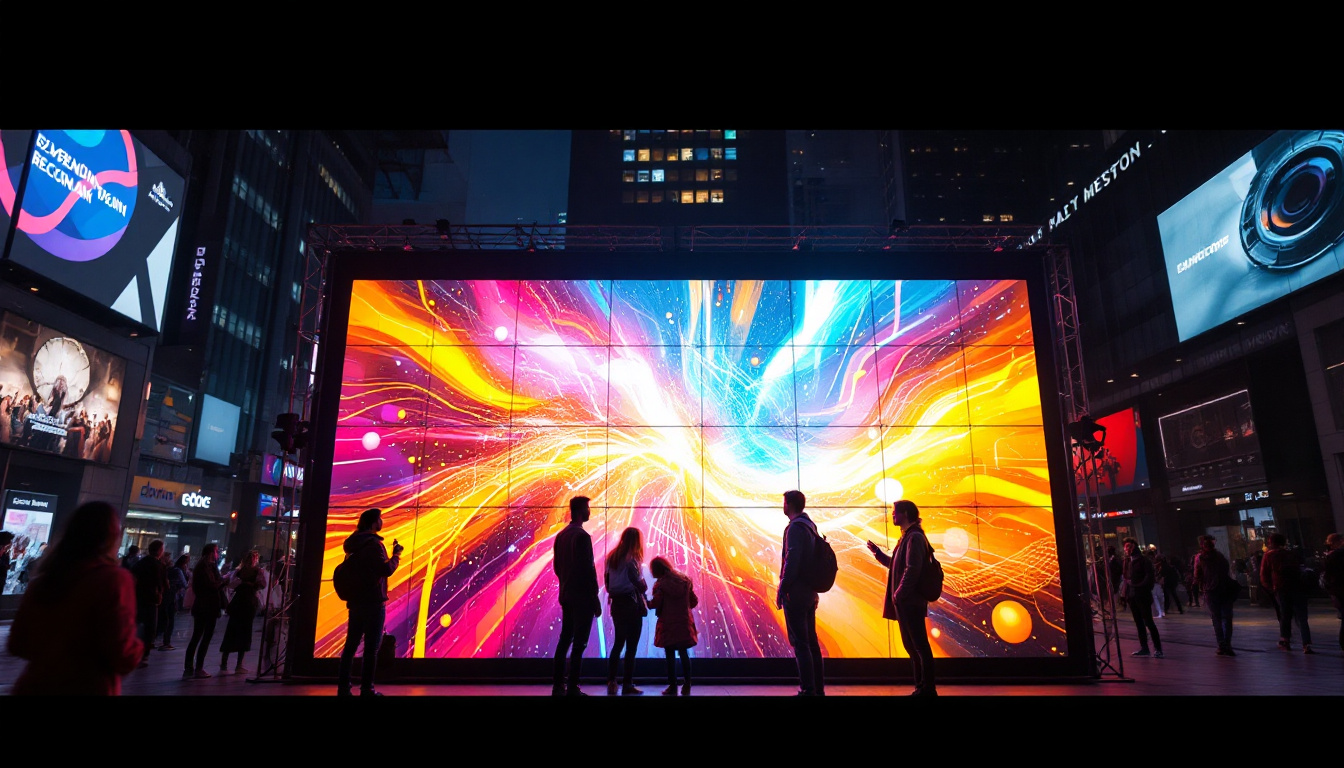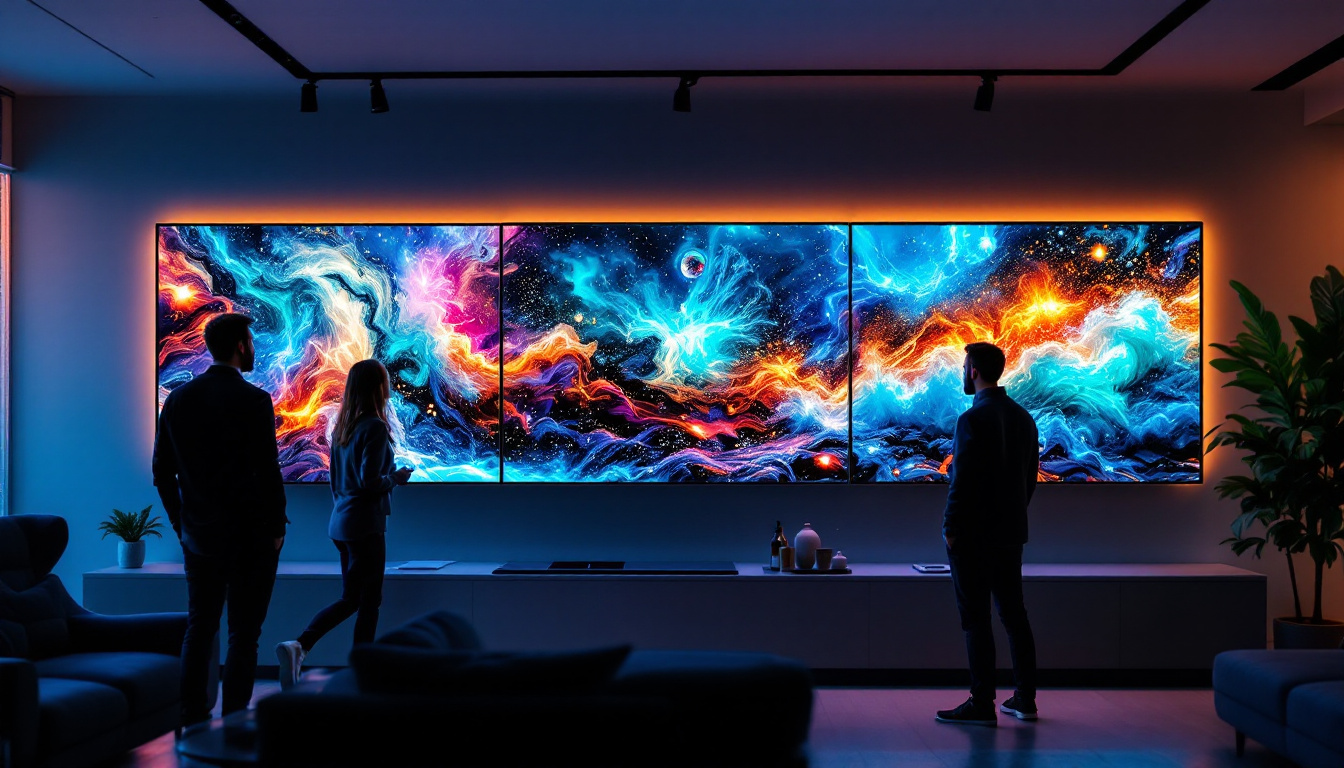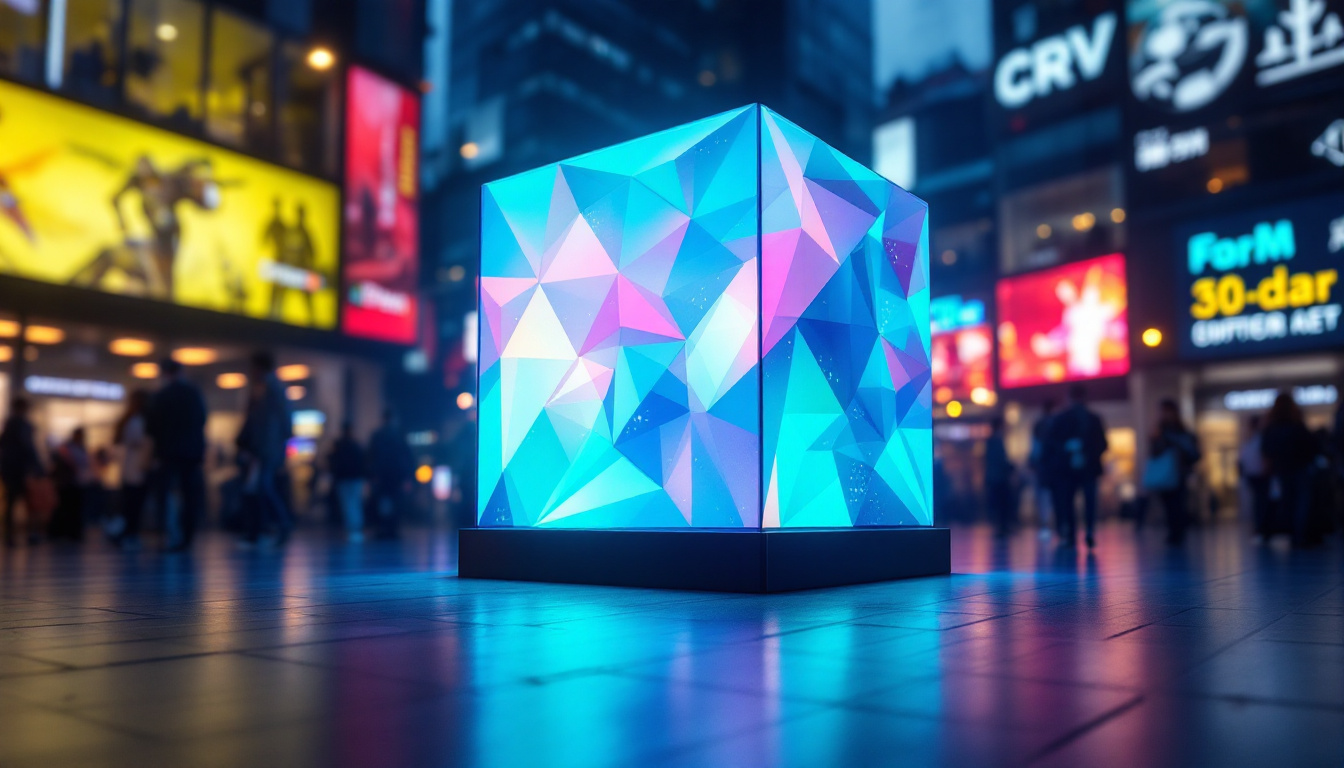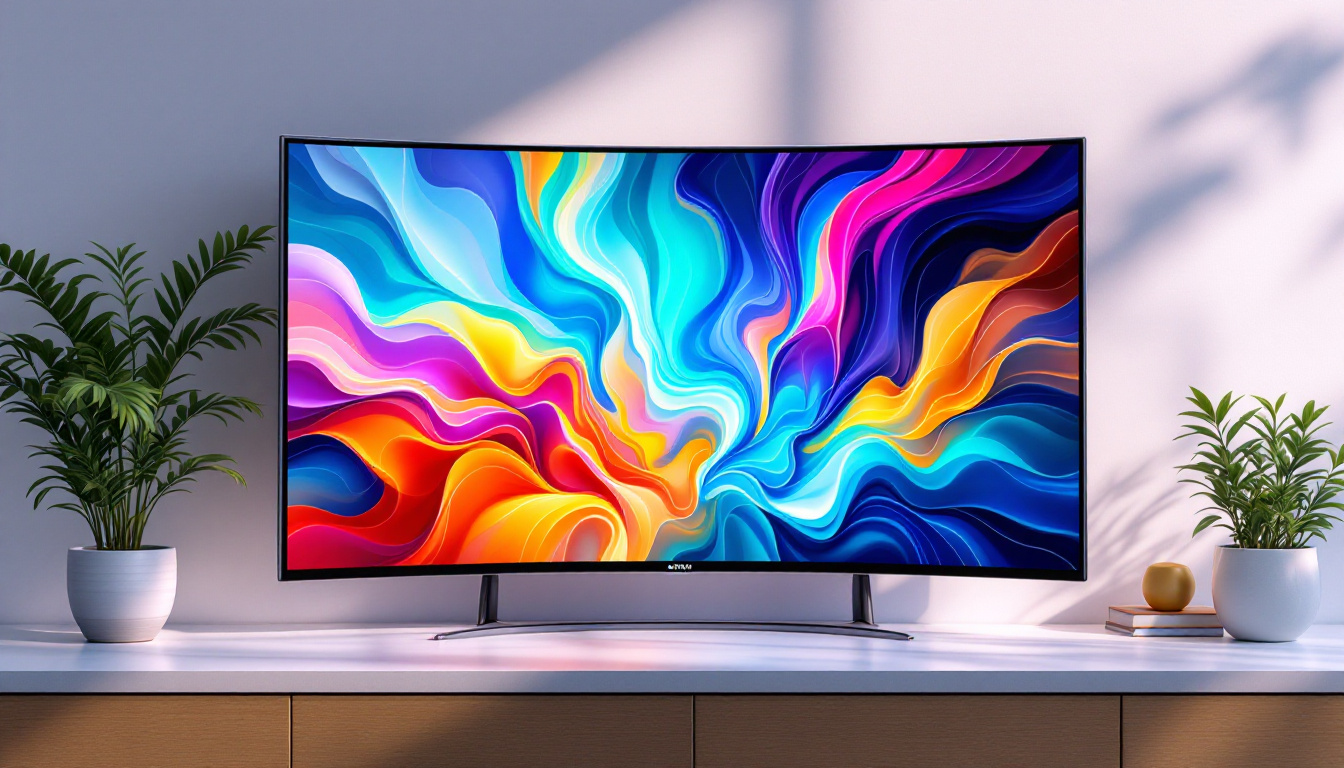The world of display technology has evolved dramatically over the past few years, with 4K resolution becoming the new standard for high-quality visual experiences. As consumers increasingly demand better picture quality, LED displays have emerged as a leading choice for both residential and commercial applications. This article delves into the intricacies of 4K LED displays, exploring their features, advantages, and the factors influencing their sales in today’s market.
Understanding 4K Resolution
4K resolution, also known as Ultra High Definition (UHD), offers a pixel resolution of 3840 x 2160, which is four times that of Full HD (1920 x 1080). This significant increase in pixel density results in sharper images, more detailed textures, and an overall enhanced viewing experience. The clarity provided by 4K displays makes them particularly appealing for large screens, where the benefits of higher resolution become even more pronounced. Furthermore, the advancements in display technology, such as OLED and QLED, enhance the visual experience by providing deeper blacks and more vibrant colors, making 4K content truly come to life.
Why 4K Matters
The transition to 4K resolution is not just a trend; it represents a fundamental shift in how content is produced and consumed. With the proliferation of 4K content across streaming platforms, gaming consoles, and Blu-ray discs, consumers are increasingly seeking displays that can fully utilize this high-resolution content. Furthermore, as camera technology advances, more filmmakers and content creators are producing in 4K, ensuring that the demand for compatible displays will only continue to grow. This shift is also influencing the way we experience live events, with many sports leagues and concerts beginning to offer 4K streaming options, allowing fans to feel as though they are part of the action from the comfort of their homes.
Comparison with Other Resolutions
To appreciate the significance of 4K, it is essential to compare it with other resolutions. While 1080p has been the standard for many years, 4K provides a much richer visual experience. The difference is particularly noticeable on larger screens, where the increased pixel count allows for greater detail without visible pixelation. Additionally, 8K resolution is on the horizon, but for most consumers, 4K remains the optimal choice for the foreseeable future. The transition to 4K also comes with advancements in color depth and dynamic range, which enhance the overall picture quality. HDR (High Dynamic Range) technology, often paired with 4K displays, allows for a wider range of colors and contrasts, making images appear more lifelike. This combination of resolution and color accuracy creates an immersive viewing experience that is hard to match.
The Role of LED Technology
LED (Light Emitting Diode) technology has revolutionized the display industry, providing a range of benefits that enhance the viewing experience. LED displays utilize an array of tiny light-emitting diodes to create images, offering superior brightness, contrast, and energy efficiency compared to traditional display technologies like LCD and plasma. The compact size of LEDs also allows for thinner and lighter displays, making them ideal for modern applications where space is at a premium. As a result, LED technology has not only transformed televisions and computer monitors but has also made significant inroads into signage, automotive lighting, and architectural illumination.
Types of LED Displays
There are several types of LED displays, each catering to different needs and preferences. The most common types include:
- Standard LED: Utilizes a backlight made of LEDs to illuminate the display, providing better brightness and color accuracy than traditional LCDs.
- OLED (Organic LED): Each pixel emits its own light, resulting in deeper blacks and more vibrant colors. OLED displays are known for their superior contrast ratios and are often favored by filmmakers and gamers for their immersive visual experiences.
- QLED (Quantum Dot LED): Uses quantum dots to enhance color and brightness, offering a wider color gamut and improved energy efficiency. This technology is particularly popular among high-end television manufacturers, as it provides stunning visuals that can rival OLED displays in certain conditions.
Advantages of LED Displays
LED displays come with a host of advantages that make them a preferred choice for consumers and businesses alike:
- Brightness: LED displays can achieve higher brightness levels, making them suitable for various lighting conditions. This capability is particularly beneficial in outdoor settings, where sunlight can wash out the image quality of traditional displays.
- Energy Efficiency: LED technology consumes less power compared to traditional displays, leading to lower energy bills and a reduced carbon footprint. This efficiency is not only advantageous for individual users but also for large corporations looking to minimize operational costs and enhance sustainability efforts.
- Longevity: LED displays have a longer lifespan than their counterparts, reducing the frequency of replacements and maintenance costs. Many LED screens can last over 50,000 hours, making them a wise investment for both home and commercial use.
Additionally, the versatility of LED technology allows for innovative applications beyond conventional displays. For instance, LED screens can be seamlessly integrated into architectural designs, creating dynamic facades that change with the environment or display artistic visuals. In the realm of advertising, digital billboards powered by LED technology can capture attention with vivid colors and moving images, providing advertisers with a powerful tool to engage potential customers. Furthermore, advancements in flexible LED technology are paving the way for new possibilities, enabling displays that can bend and conform to various surfaces, enhancing interactivity and user engagement.
Market Trends in 4K LED Displays
The market for 4K LED displays has seen significant growth in recent years, driven by advancements in technology and changing consumer preferences. Understanding these trends can provide insights into the future of display technology.
Consumer Demand
As more consumers become aware of the benefits of 4K resolution, the demand for 4K LED displays continues to rise. This trend is particularly evident in the television market, where manufacturers are increasingly prioritizing 4K models in their product lines. Additionally, the advent of smart TVs has further fueled this demand, as consumers seek seamless integration of high-resolution displays with streaming services.
Commercial Applications
4K LED displays are not limited to residential use; they are also making significant inroads into commercial applications. Businesses are utilizing these displays for advertising, presentations, and digital signage, taking advantage of their superior image quality to capture consumer attention. The ability to display high-resolution content in retail environments, conference rooms, and public spaces has made 4K LED displays a valuable asset for businesses looking to enhance their visual communication strategies.
Factors Influencing 4K LED Display Sales
Several factors play a crucial role in influencing the sales of 4K LED displays. Understanding these factors can help consumers make informed purchasing decisions and manufacturers tailor their offerings to meet market demands.
Price Trends
Price remains a significant factor in the purchasing decisions of consumers. While the cost of 4K LED displays has decreased over the years, making them more accessible, consumers still weigh the price against features and brand reputation. As competition increases among manufacturers, prices are expected to continue to decline, further driving sales.
Technological Advancements
Technological advancements also play a pivotal role in shaping the 4K LED display market. Innovations such as improved color accuracy, faster refresh rates, and enhanced connectivity options are influencing consumer preferences. Additionally, the integration of smart technology into displays, allowing for seamless streaming and connectivity, has become a critical selling point.
Choosing the Right 4K LED Display
With a plethora of options available in the market, choosing the right 4K LED display can be a daunting task. Several factors should be considered to ensure that consumers make the best choice for their needs.
Screen Size and Viewing Distance
One of the first considerations when selecting a 4K LED display is screen size. A larger screen can enhance the viewing experience, especially in larger rooms. However, it’s essential to consider the viewing distance as well. Ideally, the distance from the viewer to the screen should be approximately 1.5 to 2.5 times the diagonal screen size for optimal viewing.
Features and Specifications
Consumers should also pay attention to the features and specifications of the display. Key features to consider include:
- Refresh Rate: A higher refresh rate results in smoother motion, which is particularly important for gaming and fast-paced content.
- HDR (High Dynamic Range): HDR technology enhances contrast and color accuracy, providing a more lifelike image.
- Smart Features: Built-in streaming capabilities and compatibility with voice assistants can enhance the overall user experience.
The Future of 4K LED Displays
As technology continues to advance, the future of 4K LED displays looks promising. With ongoing innovations and a growing consumer base, several trends are expected to shape the industry in the coming years.
Integration with Emerging Technologies
The integration of 4K LED displays with emerging technologies such as augmented reality (AR) and virtual reality (VR) is on the rise. As these technologies become more mainstream, the demand for high-resolution displays that can deliver immersive experiences will increase. This trend presents new opportunities for manufacturers to innovate and expand their product offerings.
Sustainability Considerations
In an era where sustainability is a growing concern, manufacturers are increasingly focusing on producing eco-friendly displays. This includes utilizing sustainable materials, improving energy efficiency, and implementing recycling programs. As consumers become more environmentally conscious, the demand for sustainable display options is likely to rise.
Conclusion
The market for 4K LED displays is thriving, driven by advancements in technology, increasing consumer demand, and the integration of smart features. As consumers seek high-quality visual experiences, understanding the intricacies of 4K resolution and LED technology becomes essential. By considering key factors such as screen size, features, and sustainability, consumers can make informed decisions that align with their needs and preferences.
As the industry continues to evolve, the future of 4K LED displays promises even greater innovations that will redefine how we experience visual content. Whether for personal entertainment or commercial applications, the impact of 4K LED displays is undeniable, making them a pivotal part of the modern digital landscape.
Discover LumenMatrix’s Advanced 4K LED Displays
Ready to elevate your visual experience with the latest in 4K LED display technology? Look no further than LumenMatrix, a leader in innovative LED solutions. From mesmerizing Indoor and Outdoor LED Wall Displays to dynamic Vehicle and Sports LED Displays, LumenMatrix offers a comprehensive range of products designed to captivate and engage. Whether you’re looking to enhance your brand’s visibility with a Custom LED Display or create an immersive environment with an All-in-One LED Display, our mission is to revolutionize your visual communication. Don’t miss out on the opportunity to transform your space with our cutting-edge technology. Check out LumenMatrix LED Display Solutions today and see the difference for yourself.

